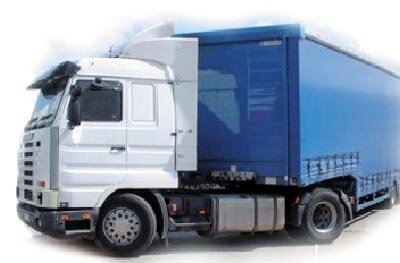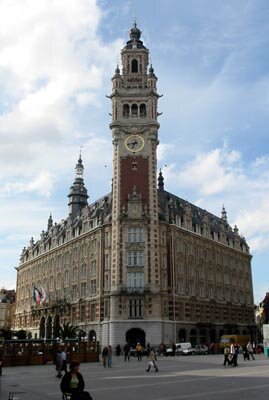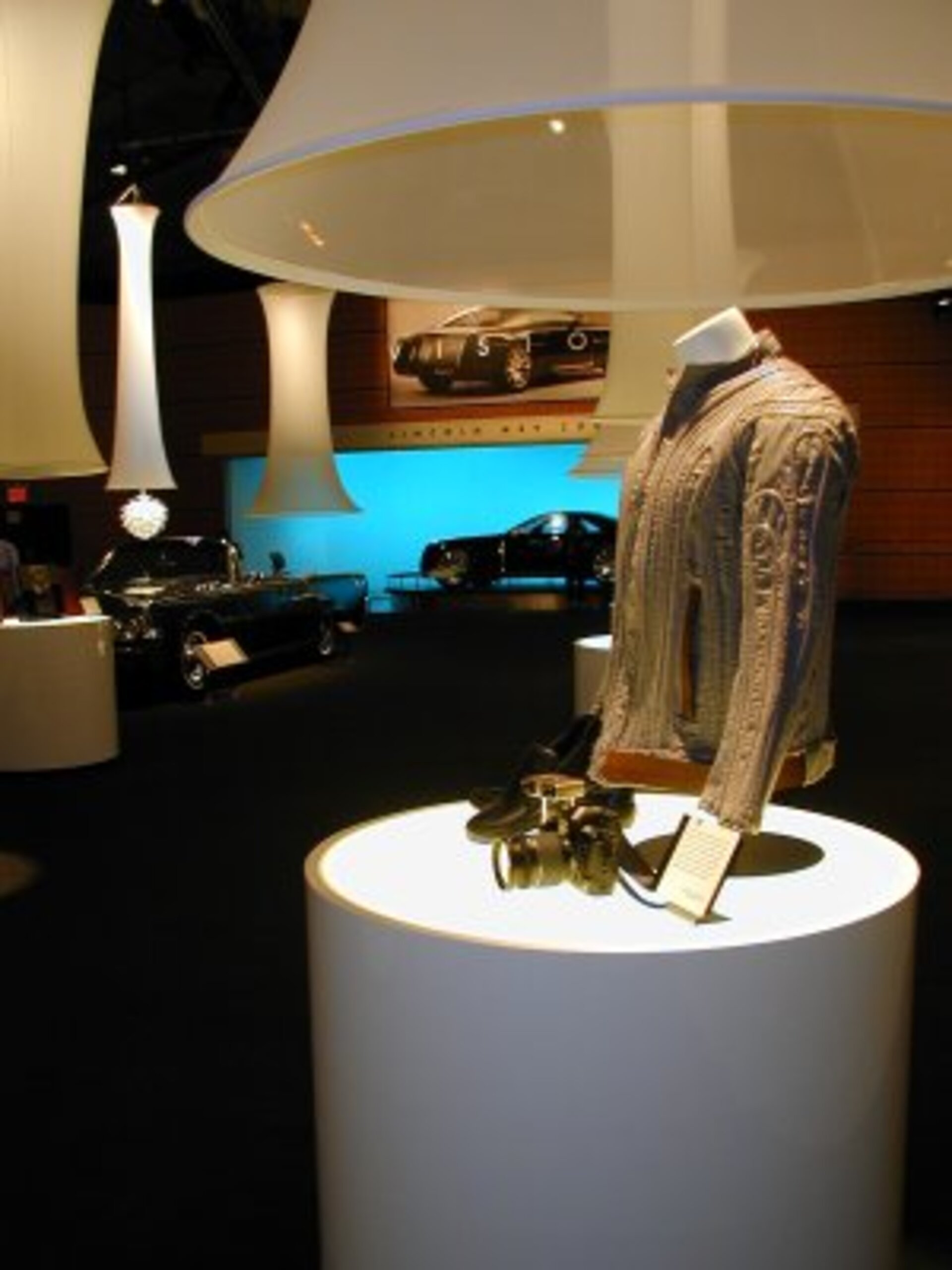Space tech and textiles
Earlier this month ESA’s Technology Transfer Network met with 72 representatives of 53 European and Canadian textile companies in Lille, France. The idea - to brainstorm how technology developed for space could improve textiles, fibre products, clothes and textile manufacturing equipment.
Lille is situated in one of Europe’s centres of textile production. More than 1100 French textile industries are based in the area and a similar sized market lies just across the border in Belgium. The workshop was organised by ESA’s Technology Transfer and Promotion Office (TTP) together with its network of technology brokers represented by MST Aerospace, D’Appolonia, JRA and Nodal as well as the Lille’s Chamber of Commerce which hosted the event.
Pierre Brisson, Head of ESA’s Technology Transfer Programme, told the participants that “many space technologies have already successfully been transferred to non-space applications, but many more are ready to use. With this workshop we want to push this process further and form groups of designers, textile producers, clothes distributors and space technology experts all working together to propose new applications for use in the textile industry."
The textile business today

In the last 20 years many new synthetics have entered the market and today fibres can be flame-retardant, heat-resistant, weight-supporting, antibacterial and even help those suffering from allergies to dust mites. These high-tech, value-added products, known as technical textiles, are used in cars, trains and planes; for health care and protective clothing; and for sport and leisure wear.
Today technical textiles account for 38% of all textile fibres and are the fastest growing area in textiles and clothing. In sectors such as health and the building industry new products are continuously being developed and combined with advanced technology to improve functionality and improve quality.

“It is very important to establish contact between our textile manufactures and high-tech partners, such as ESA. Innovation is needed continuously in the fast-growing textile market and the use of space technology provides a unique opportunity to enter new fields,” said one of the organisers of the workshop, Didier Copin of Lille Chamber of Commerce. “This workshop is a good start to what we hope will be an active collaboration between ESA, local textile companies and industrial sectors using the new types of textiles.”
Representatives of the complete textile supply chain including producers of textile machinery, high-tech fibres and classic textiles; designers; and producers and distributors of clothes for the mass market attended the workshop as well as experts in space technology. This resulted in an unprecedented synergy of ideas and allowed potential technology to be analysed from different angles and requirements.
Decathlon, a clothes distributor with 300 outlets worldwide, was represented by Jean-Marc Baudouin, responsible for developing fabric for ski equipment. “We are constantly looking to improve our products”, he said “and sports performance can be improved by integrating advanced technology into our equipment. Interesting possibilities have arisen at the workshop and we have established a number of new contacts with textile producers.”
Dr Eleni Karayianni from Dupont Textile & Interiors mentioned the development of ‘intelligent’ textiles, i.e. products that can react to external conditions such as the environment and change their properties or deliver novel uses. “Of primary importance are textiles for clothing that can improve our well being. At Dupont, our objective is to integrate new textile products with electronic equipment such as sensors, communication and global positioning devices. Working with ESA will give us the opportunity to identify space technologies suitable for use with textiles."
Exchange of ideas

The Lille workshop began with an overview of the state-of-the-art in textile technology and examples of where space technology is already being used successfully in the textile industry. It continued with brainstorming sessions focused on four principal areas: medical applications, safety and security, intelligent material and textile applications. The new ideas which came out of the brainstorming sessions illustrate the variety of fields where combining textiles and high-tech could result in value-added products. These include textiles for:
- protection in harsh environments
- cardiovascular disease prevention
- monitoring tiredness and drivers’ alcohol level by observing eye movements and brain function
- monitoring diabetes
- rehabilitation equipment
- ‘intelligent’ insulation, i.e. that changes with the environmental conditions
- inclination sensors and airbags for use in clothing that could be used to protect elderly people when falling
- improved sports clothes, i.e. lightweight, with improved impact absorption and durability
- clothing for sterile conditions that would signal when not working correctly
- clothing with location devices for wear by children or sufferers from Alzheimers.
Sharon Baurley, a designer from Central Saint Martins College of Art and Design, London, said that she was looking for new materials and technologies to be integrated into clothing suitable for today’s lifestyles “Design today is often based upon the textiles available but to improve results textile manufactures should work with designers to produce material tailored specifically to the required final product. The ultimate goal is to have a programmable textile that can be used for different final products.”
Networking for new products

Yves Pelissier, General Secretary of CLUBTEX, the regional association of technical textile producers and Fatima Esteves, Assistant Director of Centre of Textile Science and Technology at the University of Minho, Portugal both made the point that networking would strengthen the textile industry, which is often made up of small companies who find it difficult to carry out research and development. Fatima Esteves spoke of a proposal to the EU “to form a network of excellence for intelligent textiles and clothing to involve about 30 universities, 10 research institutes and relevant industrial organisations. The work with ESA would fit well into this strategy.”
Next step forward

The TTP Office is now evaluating the idea of setting up and sponsoring a number of studies and working groups to continue the activity initiated in Lille. David Raitt, of ESA’s TTP Office emphasized that identifying space technologies for use in the textile business must be done in close collaboration with the industry itself. “Many of the companies present at the workshop expressed interest in continuing this work with ESA. We would also very much like to hear from other industries concerned with textiles who were not able to be present at the workshop but who would be interested in taking part in future activities” he said.
For more information and contact details see the ESA Technology Transfer Programme website.




